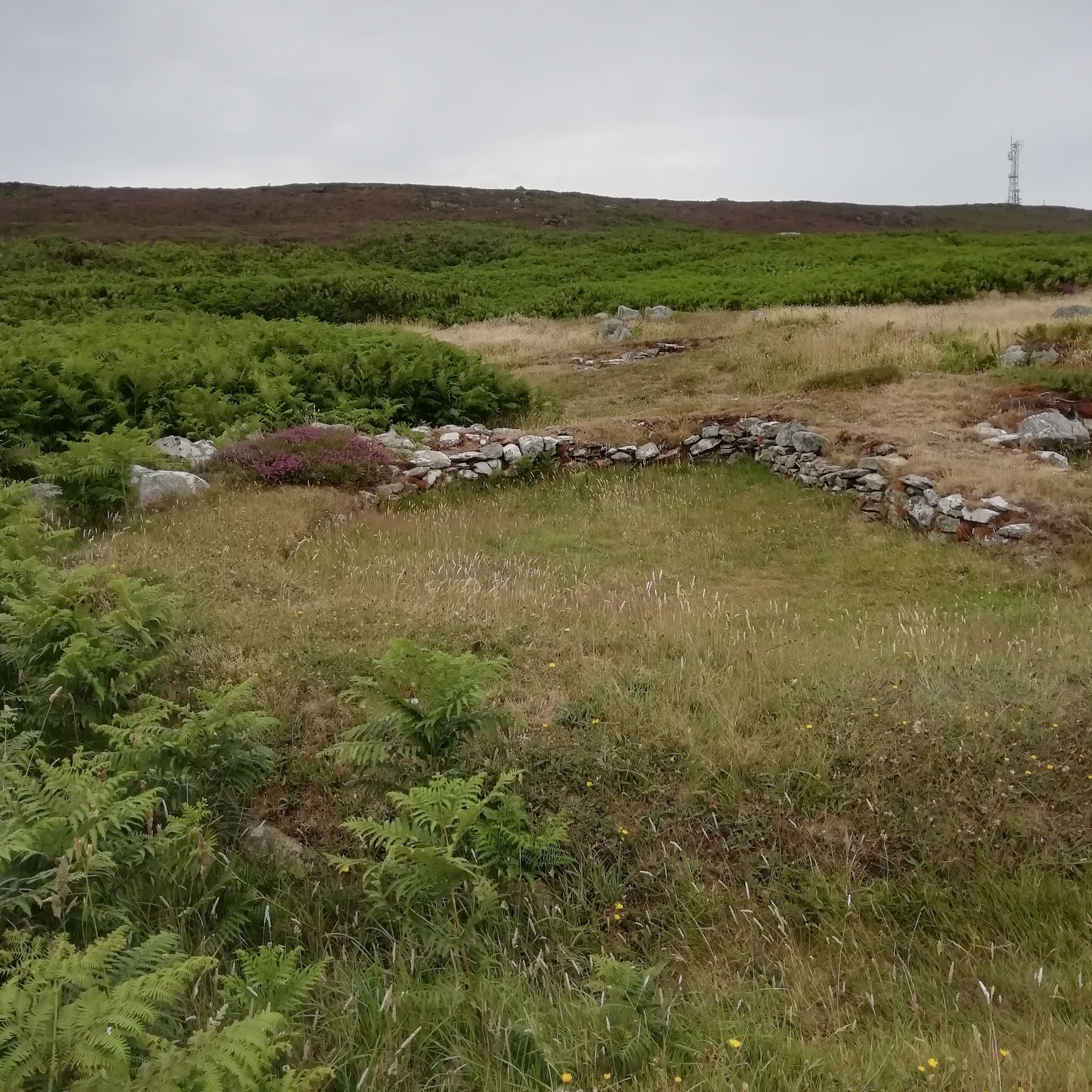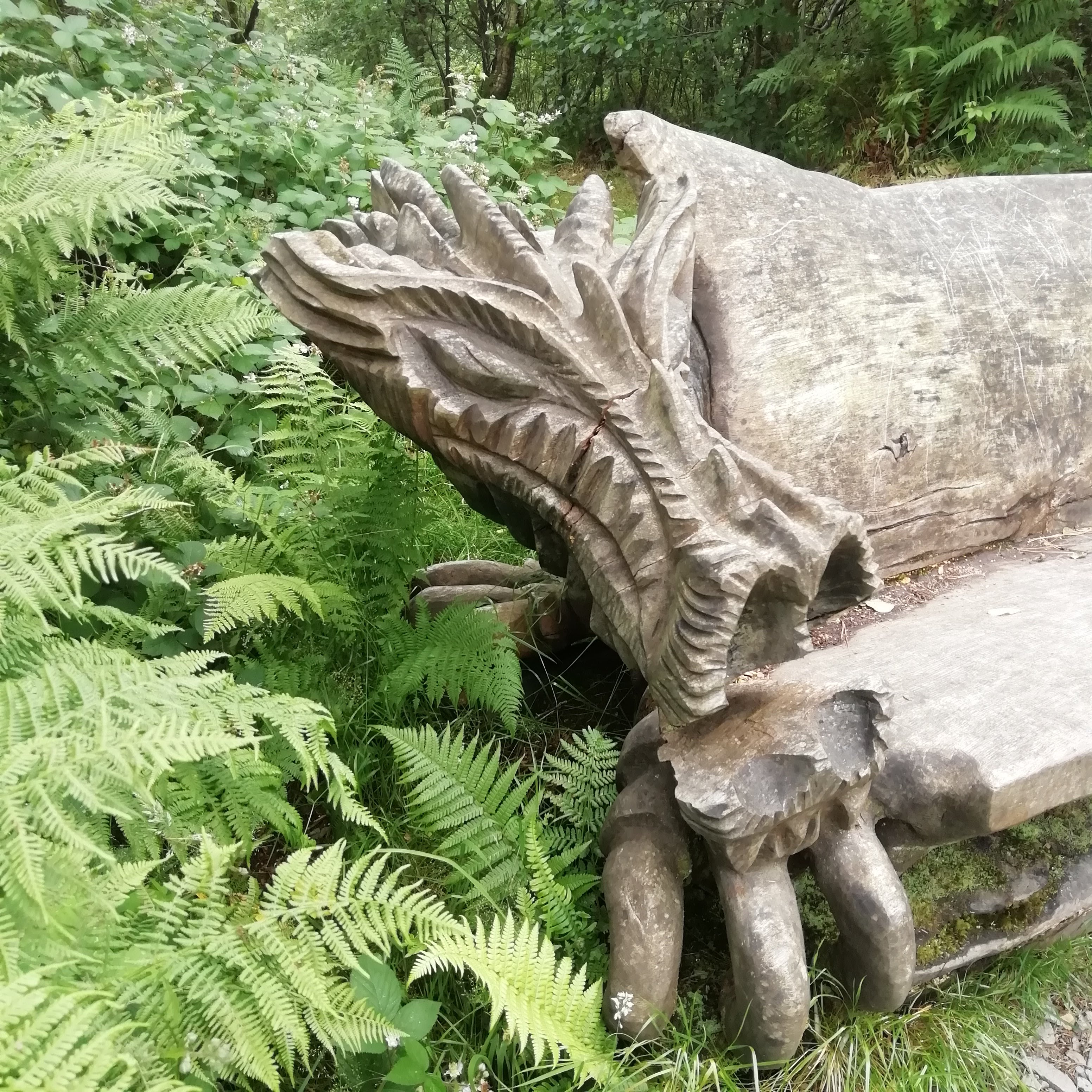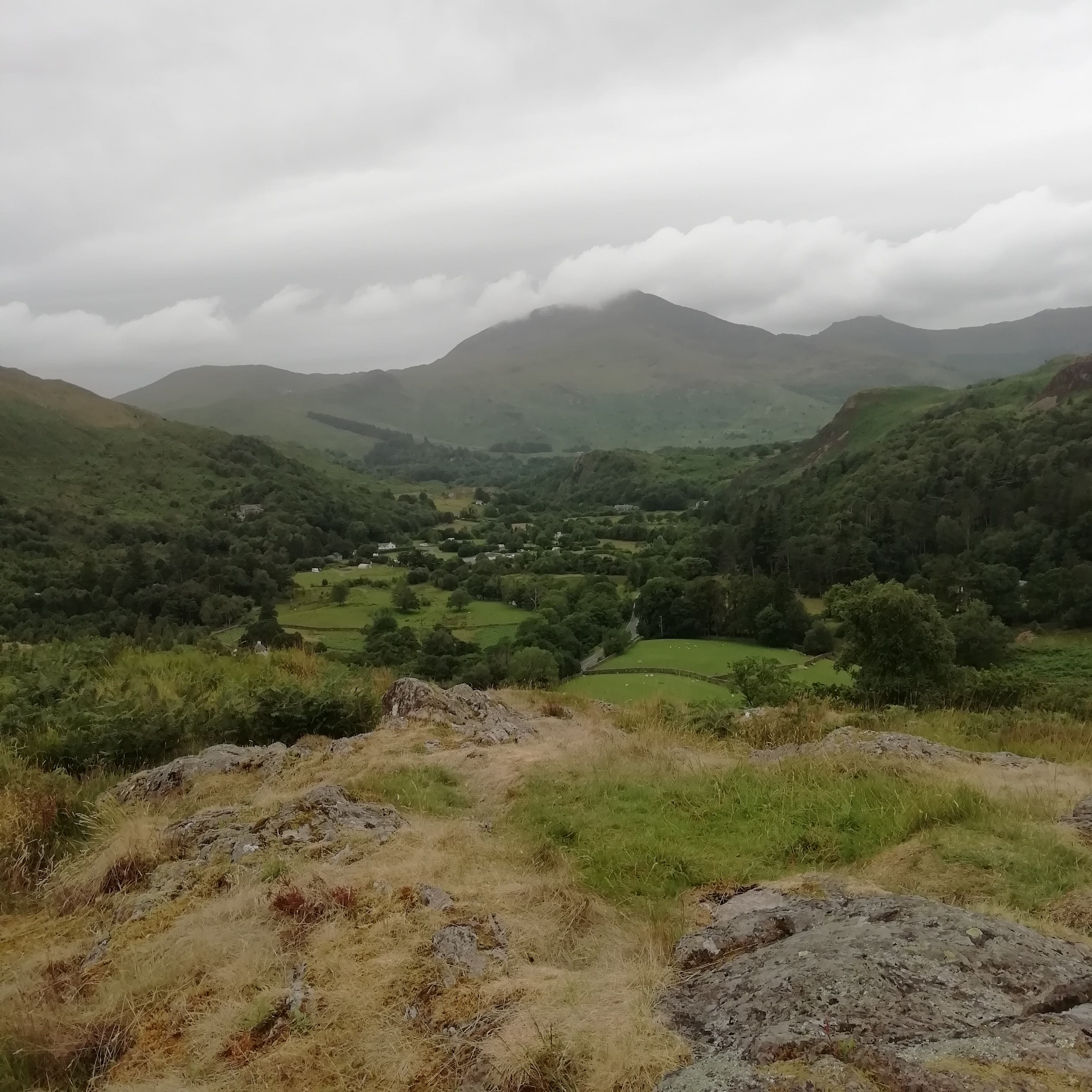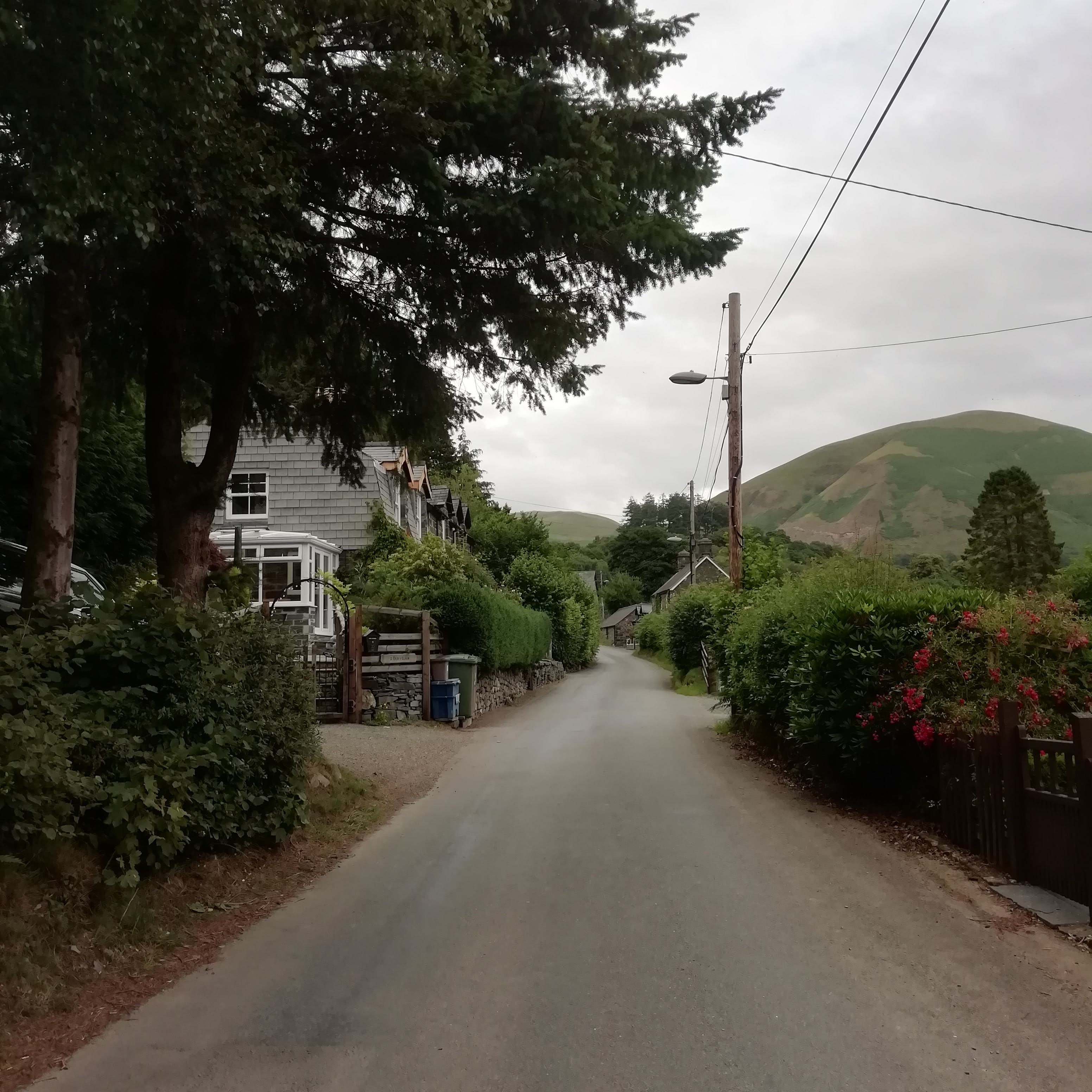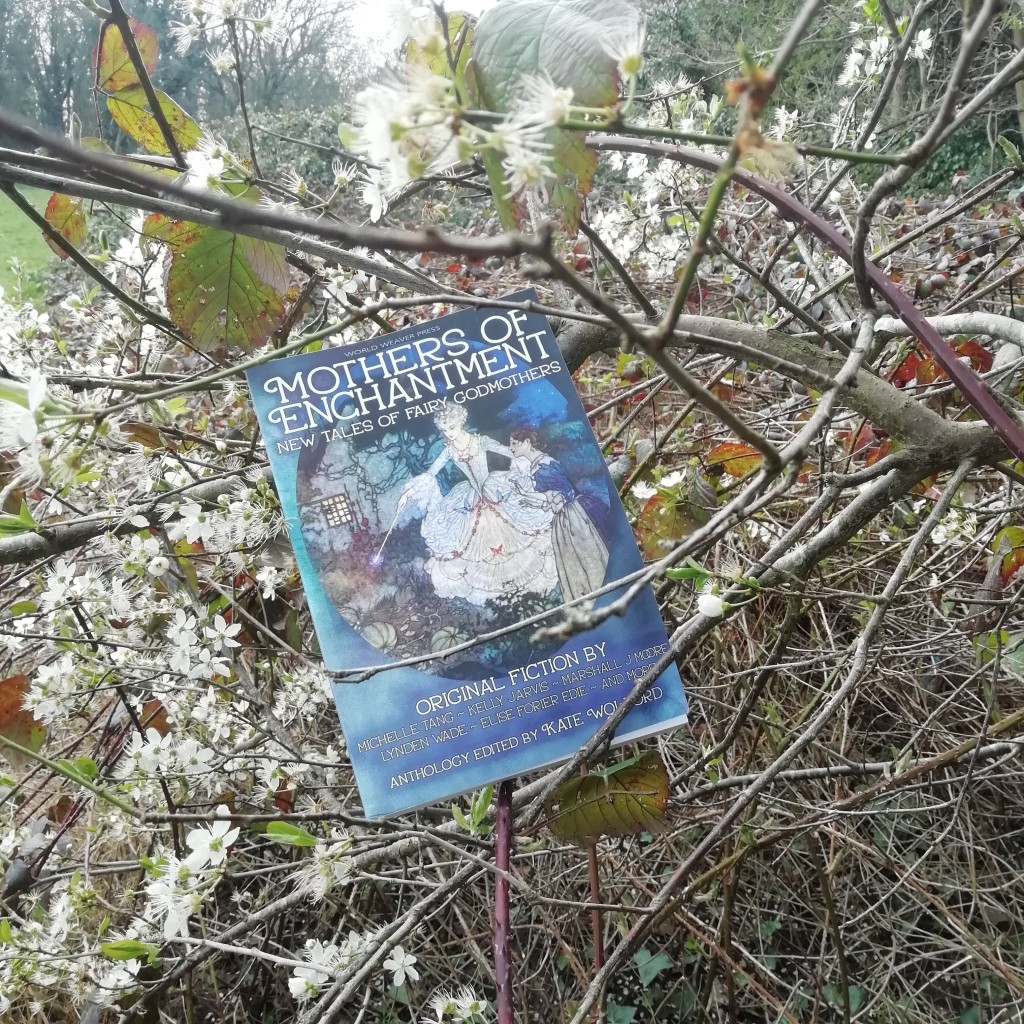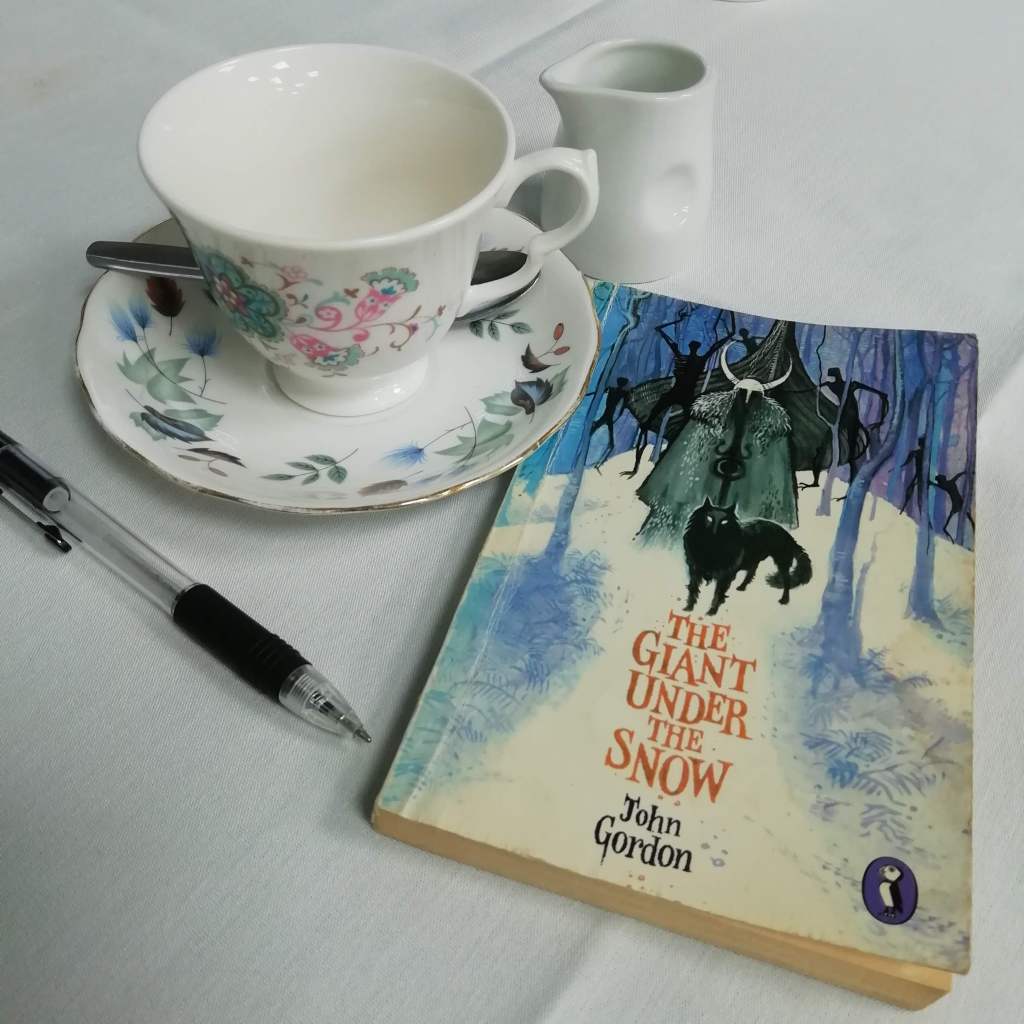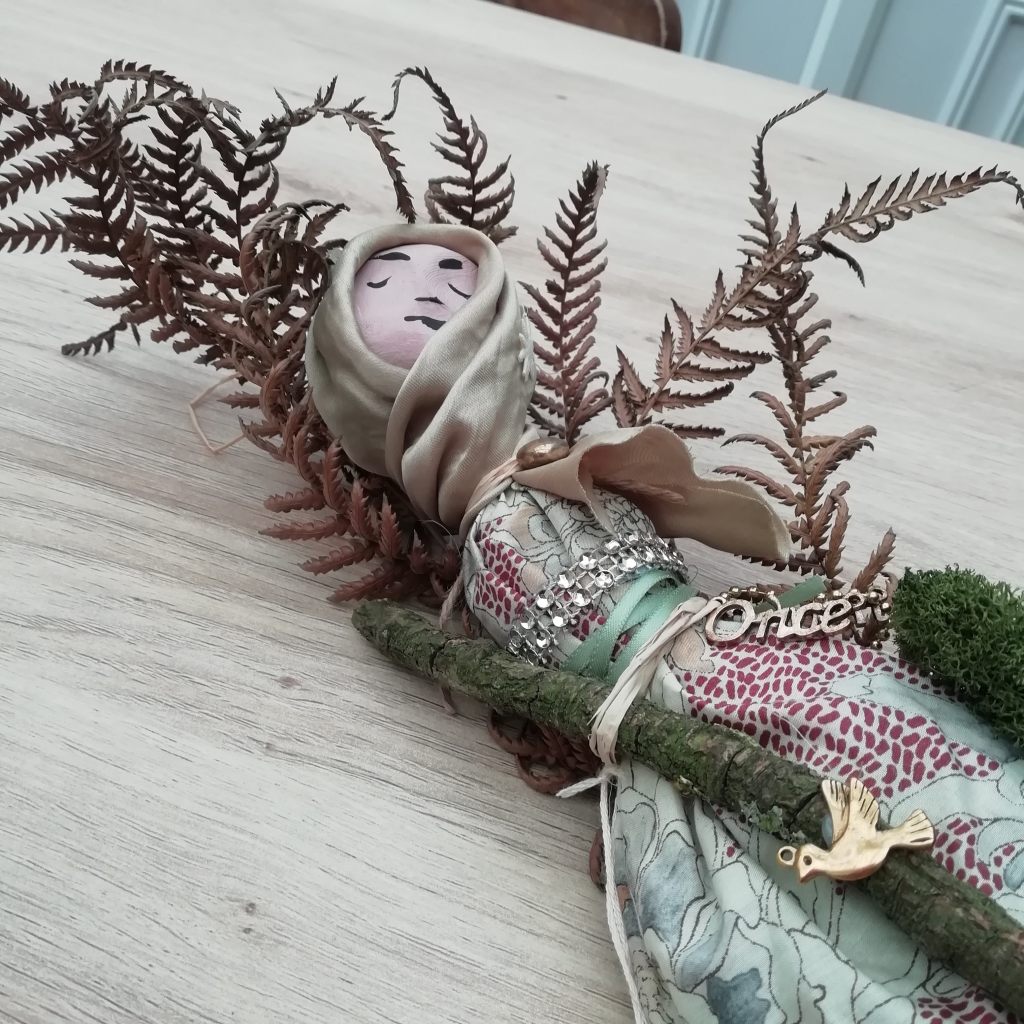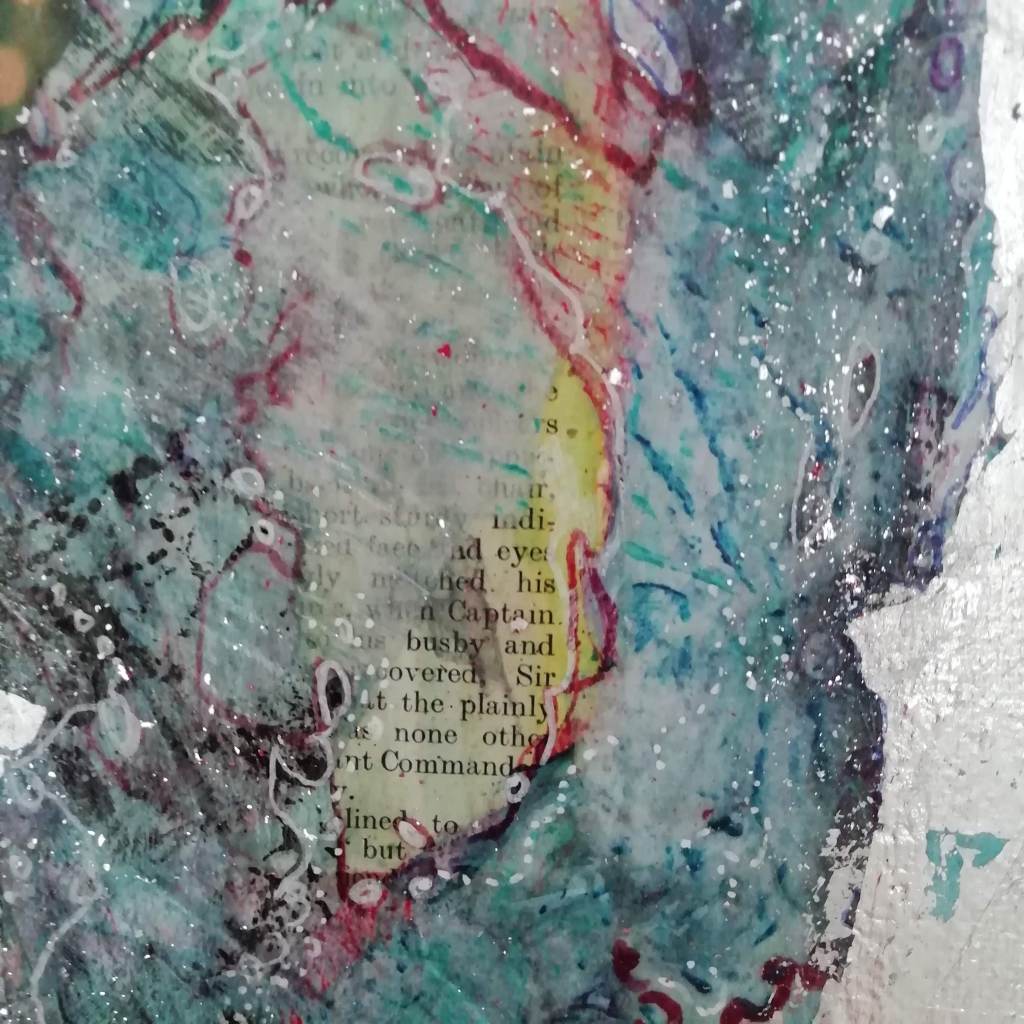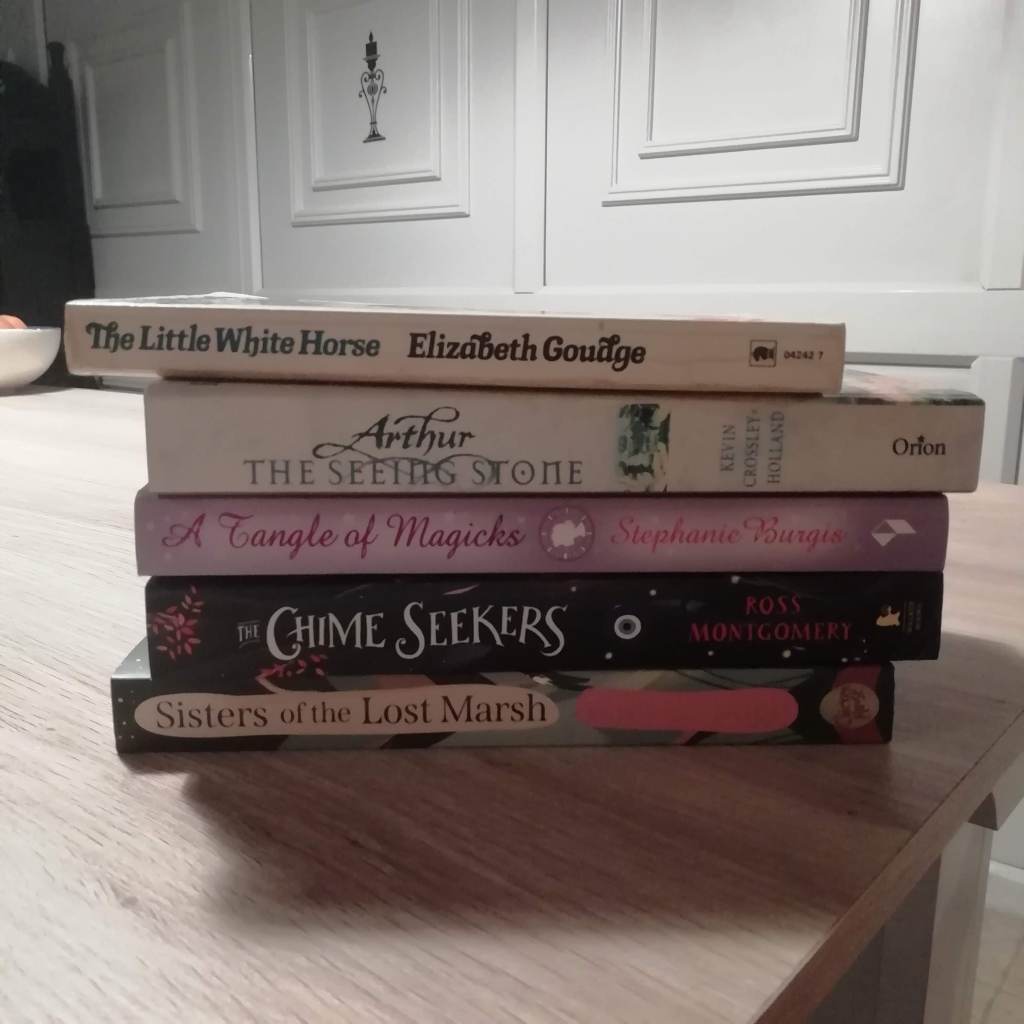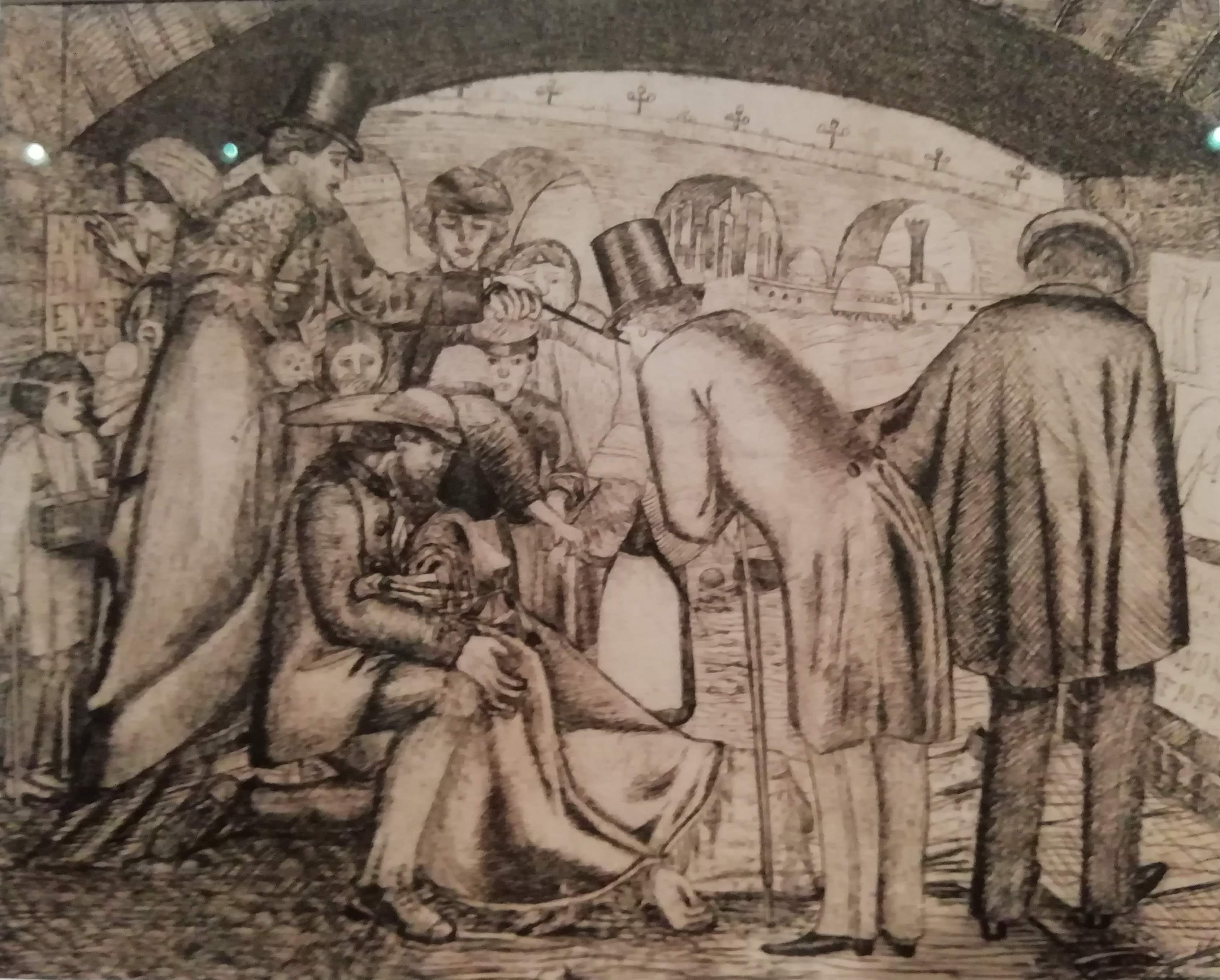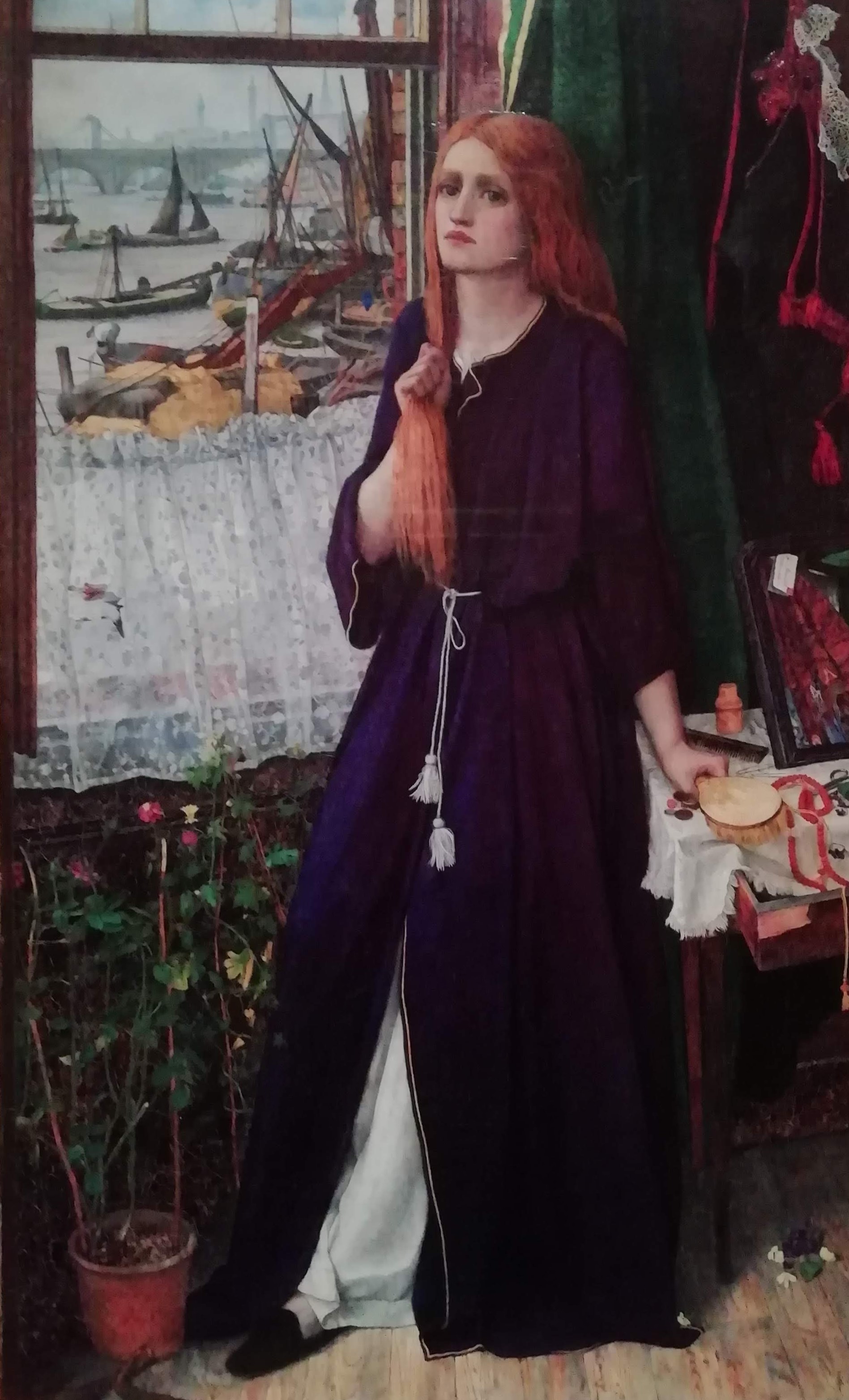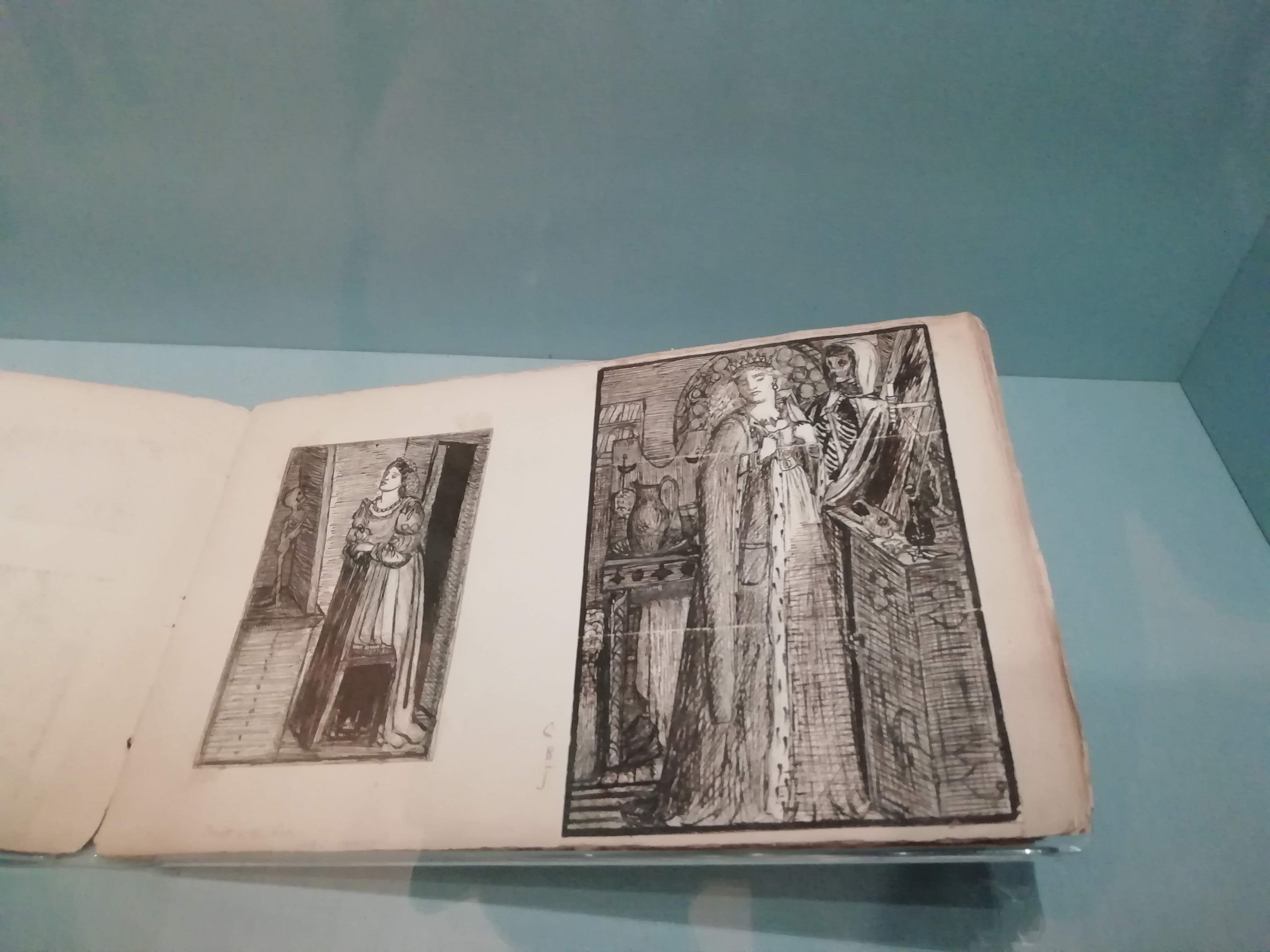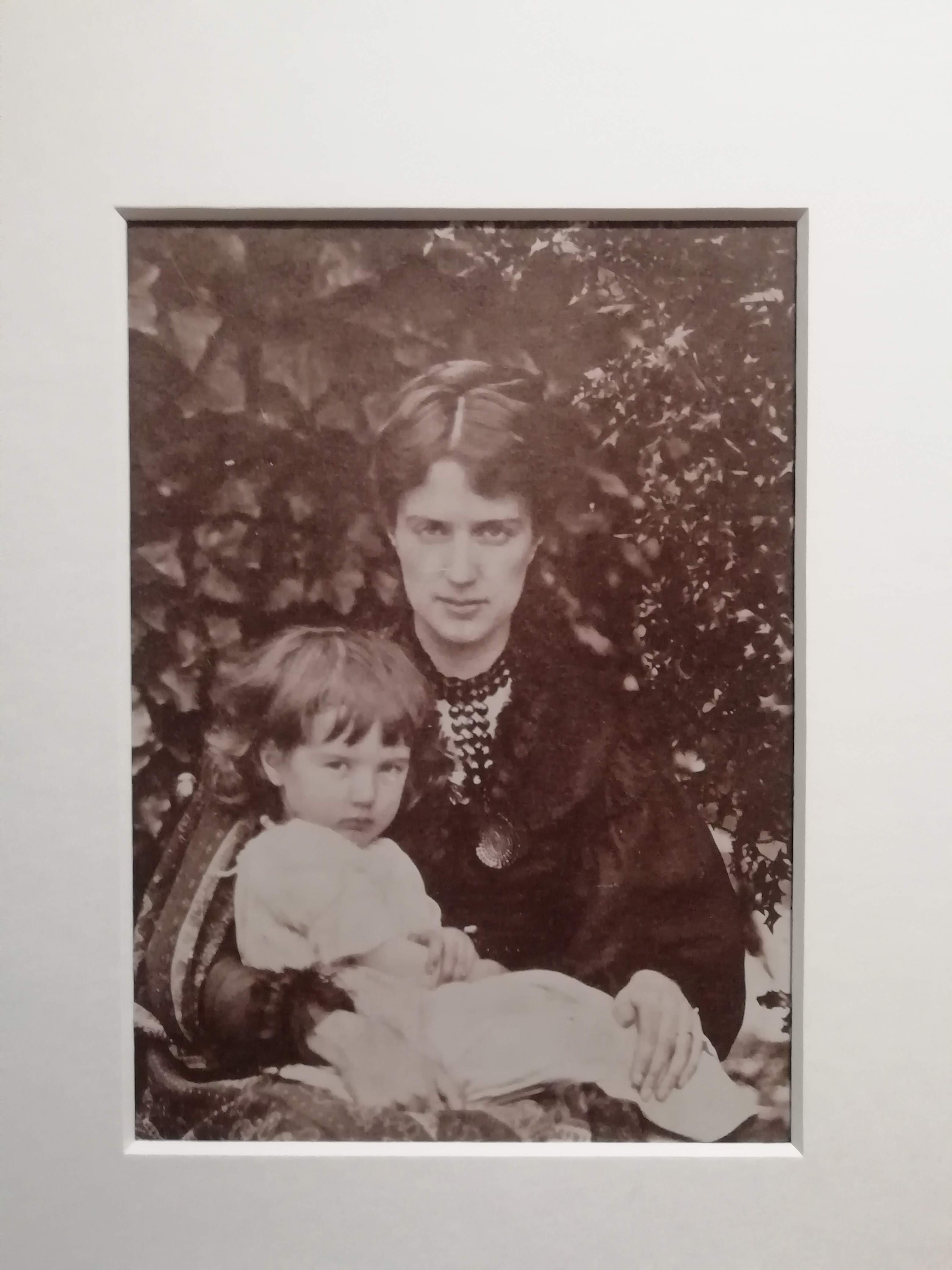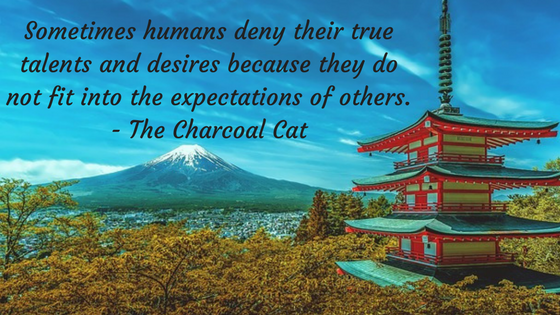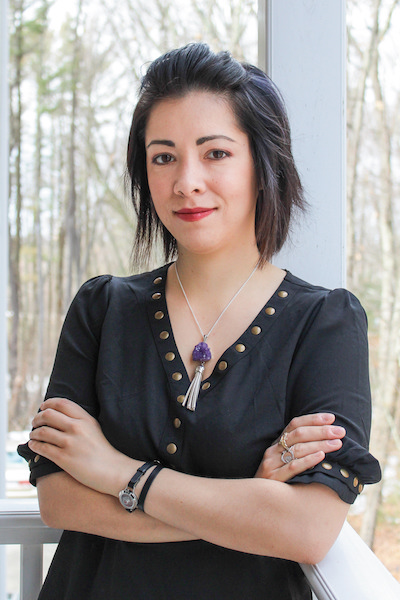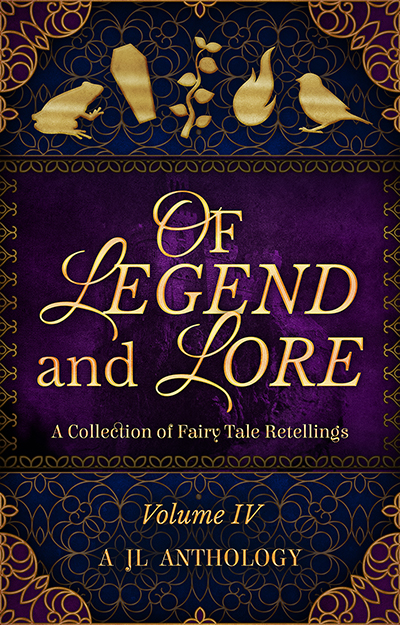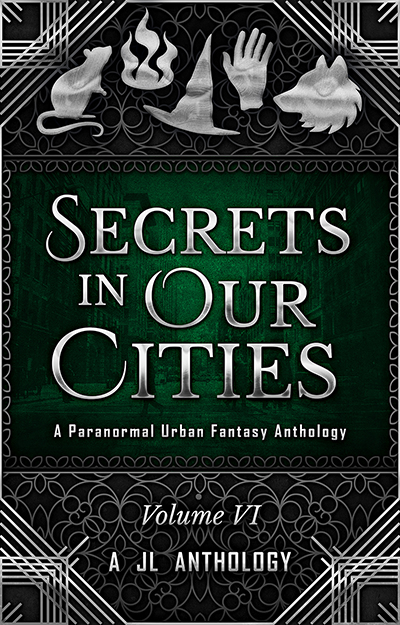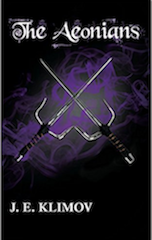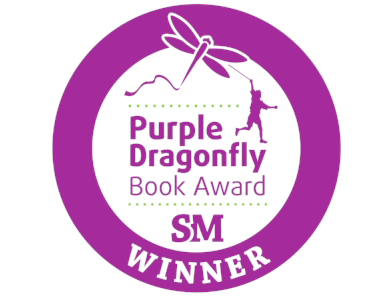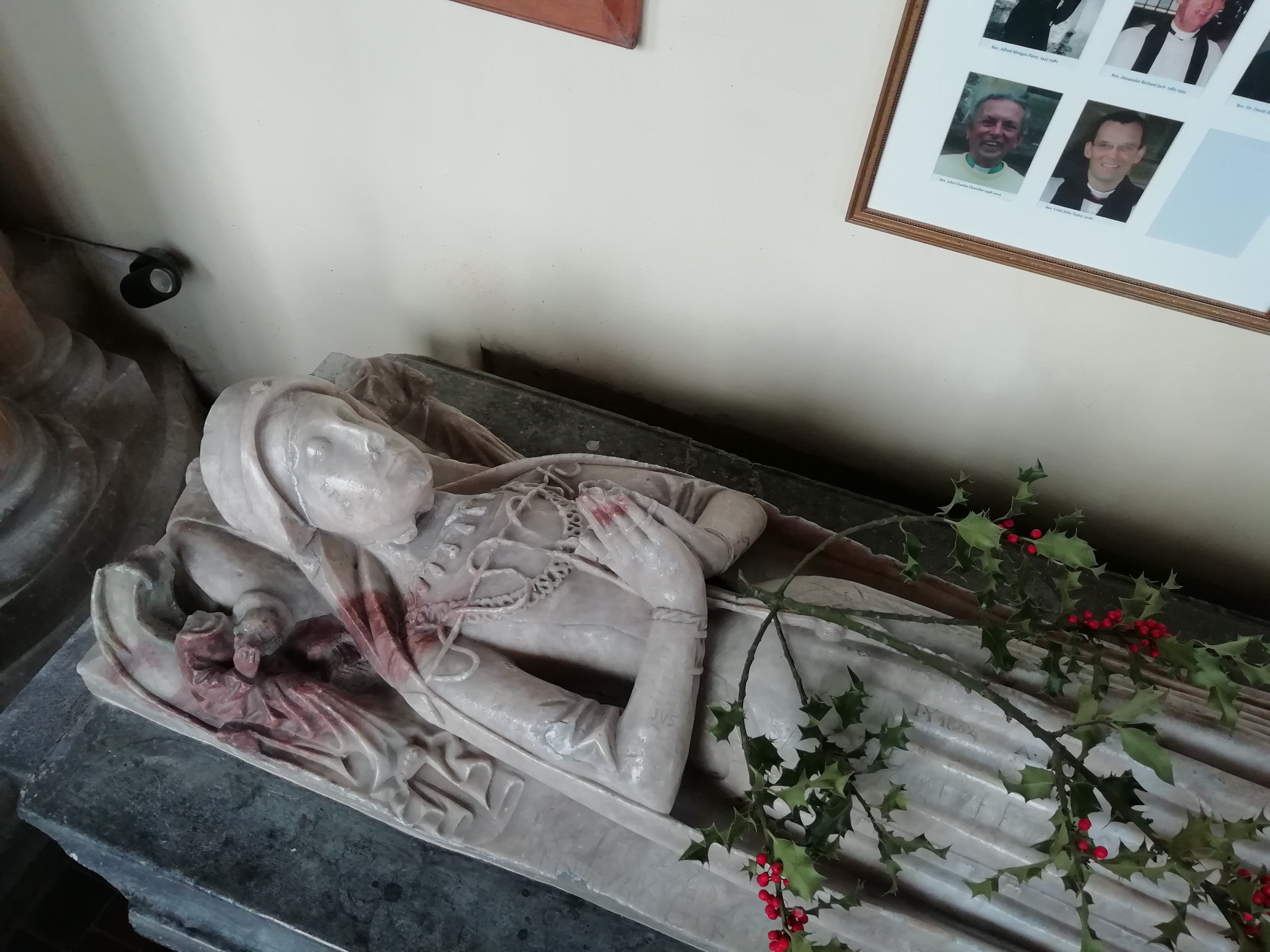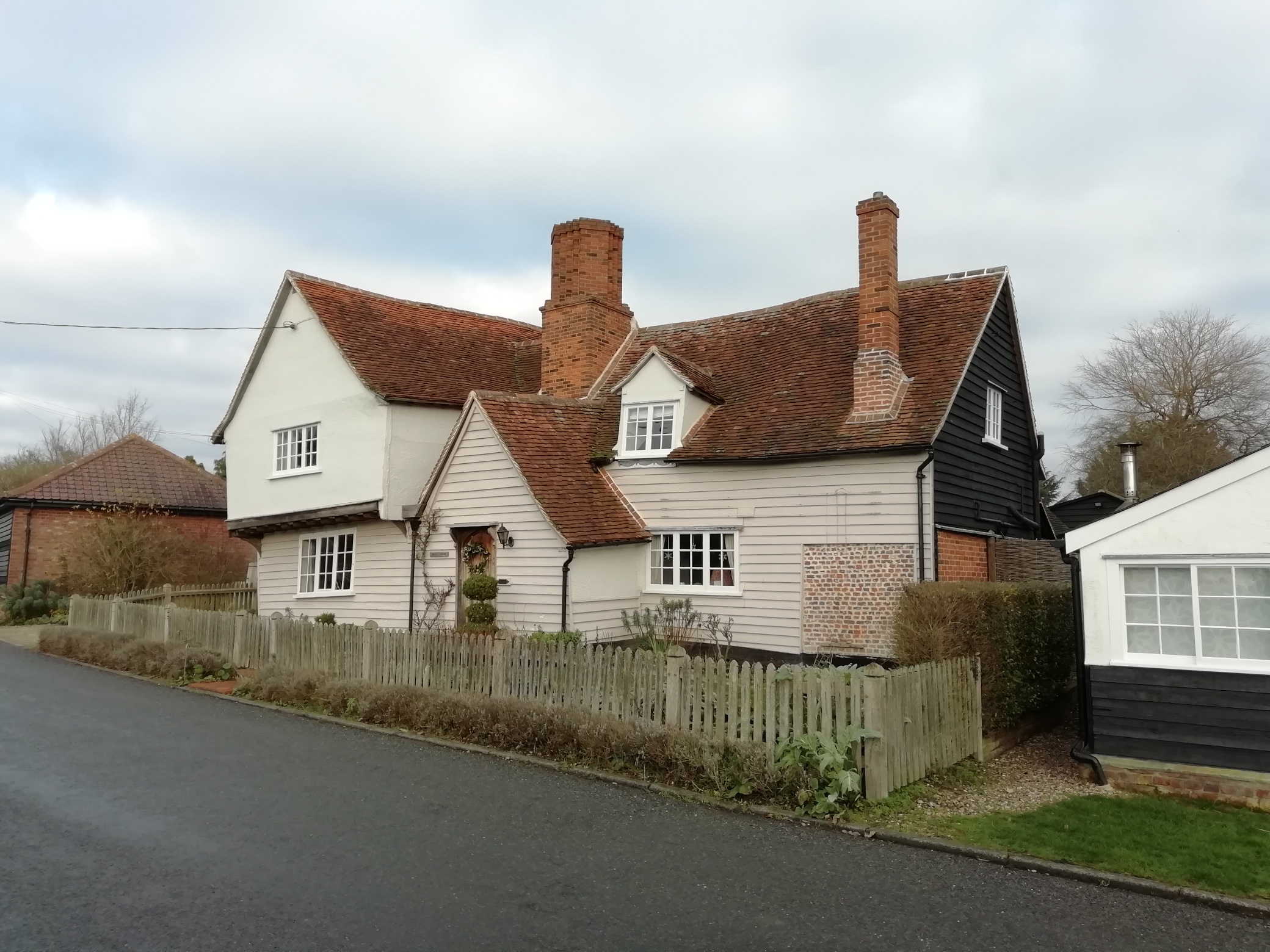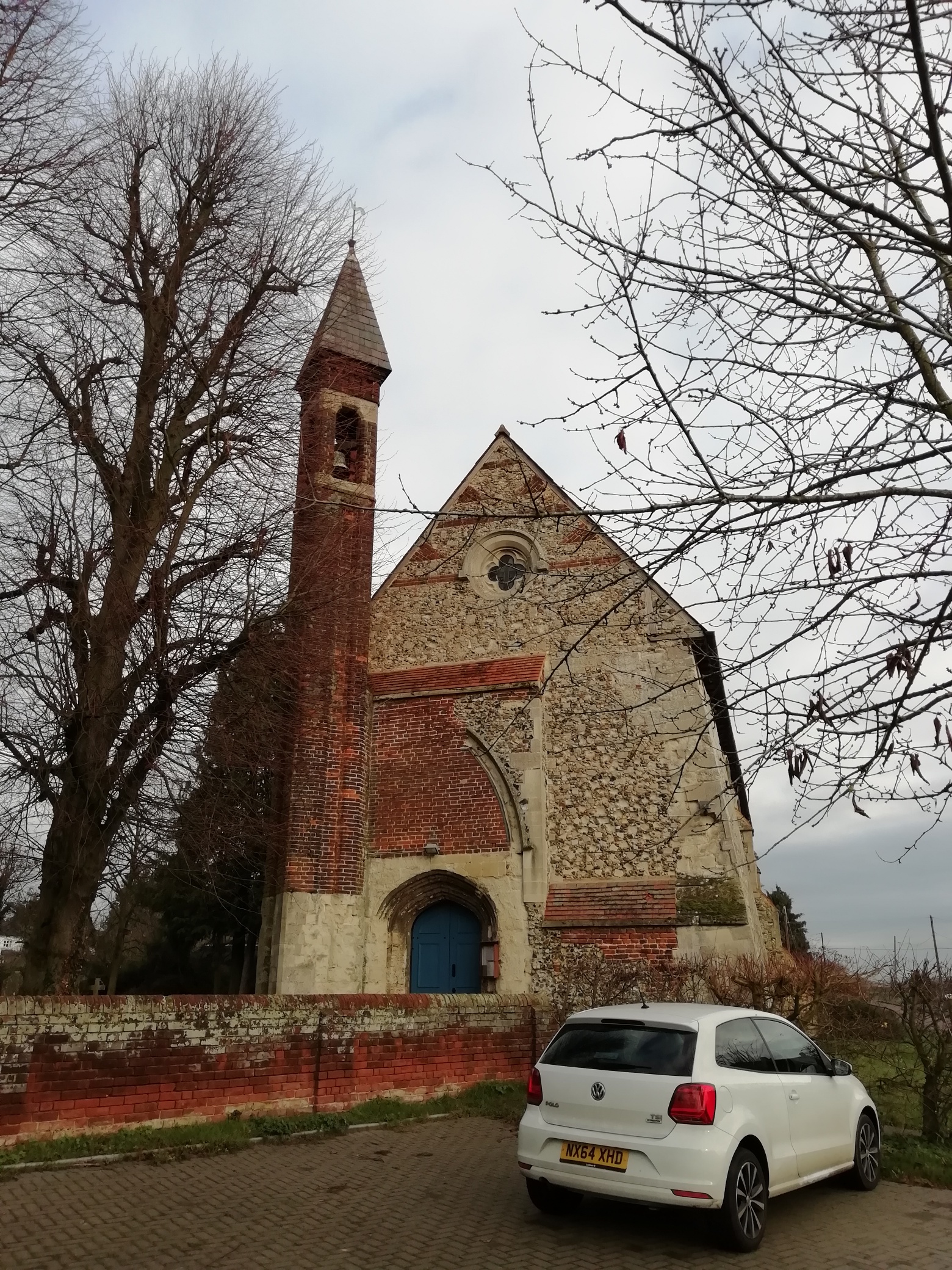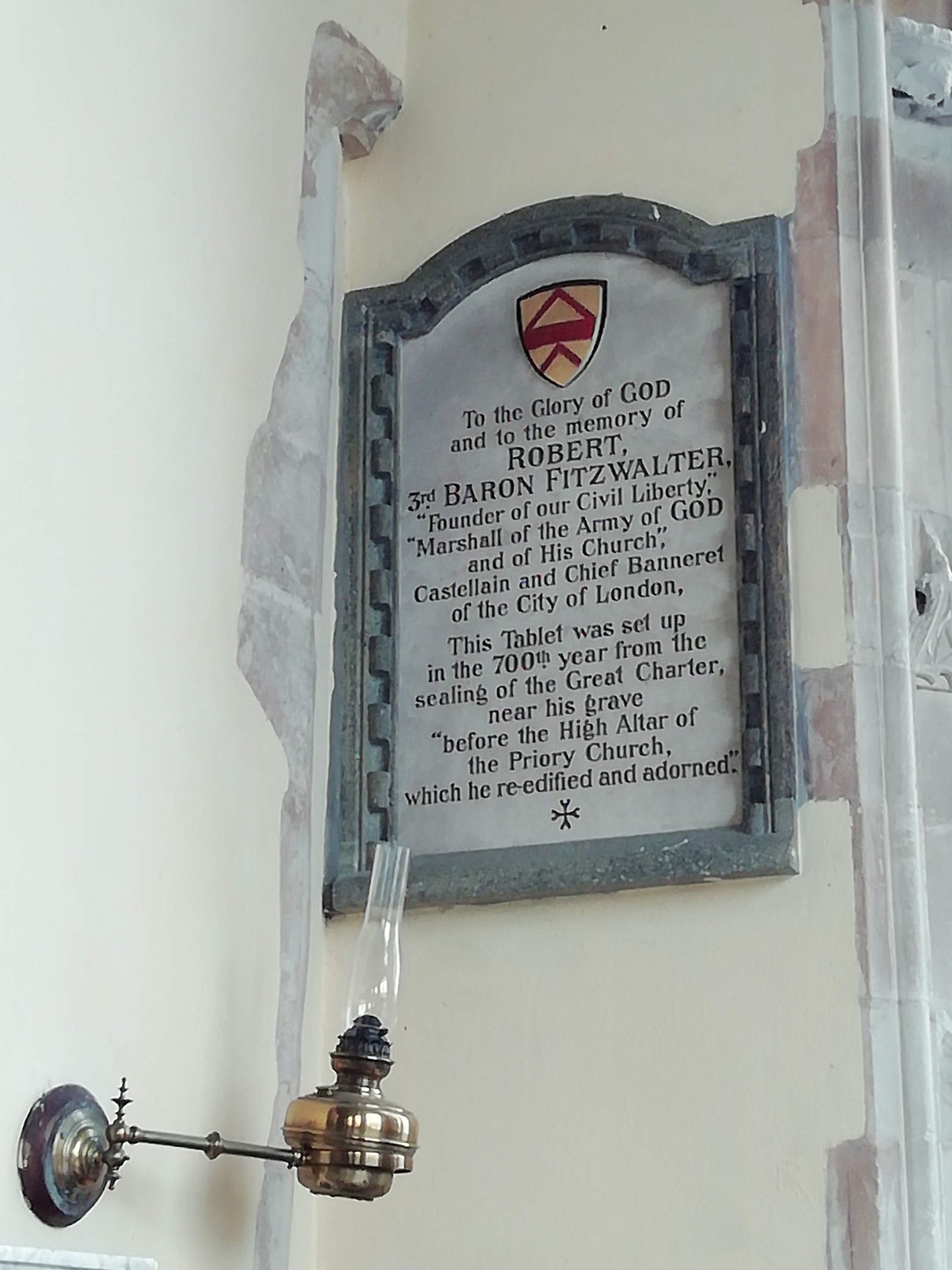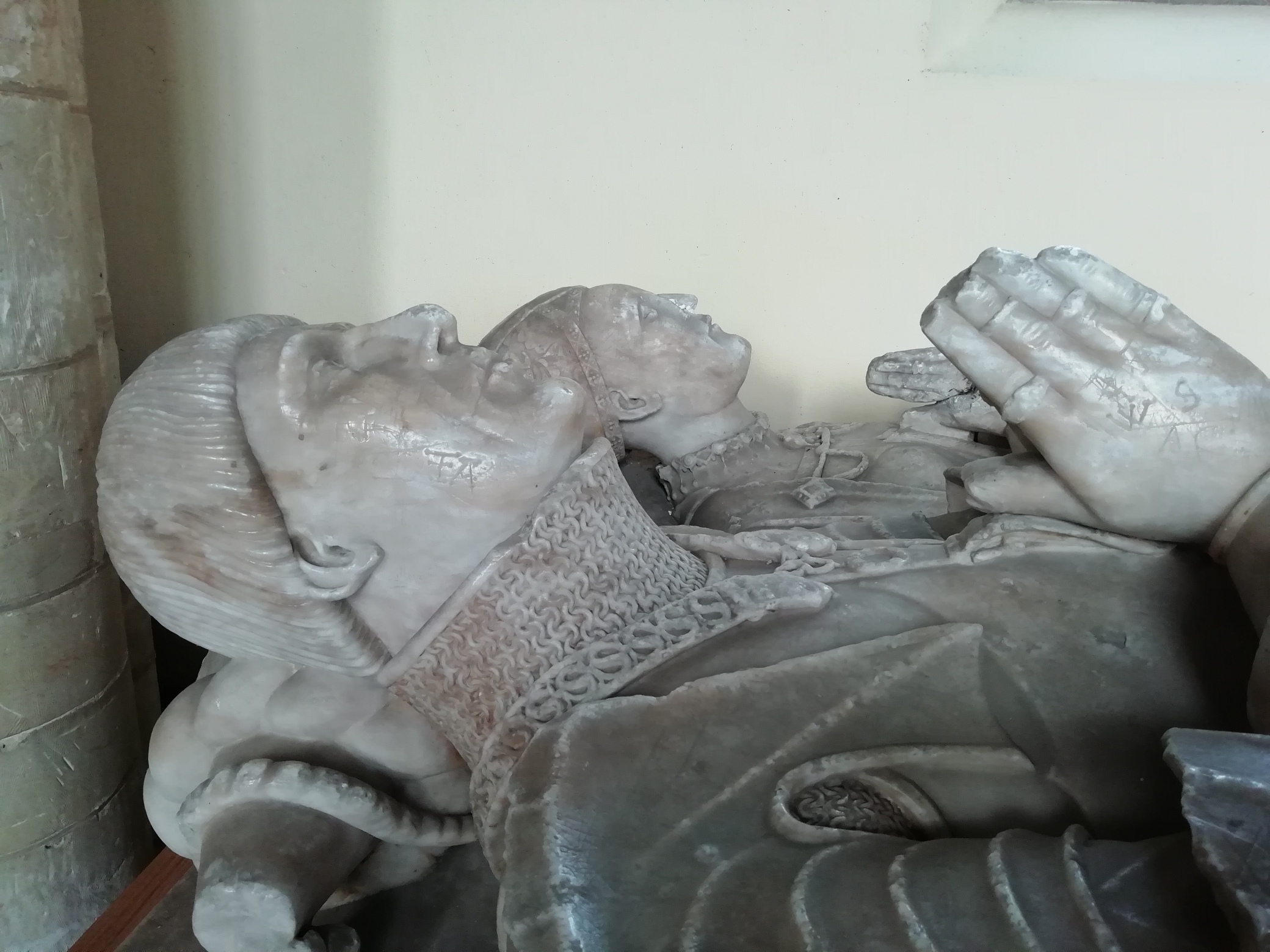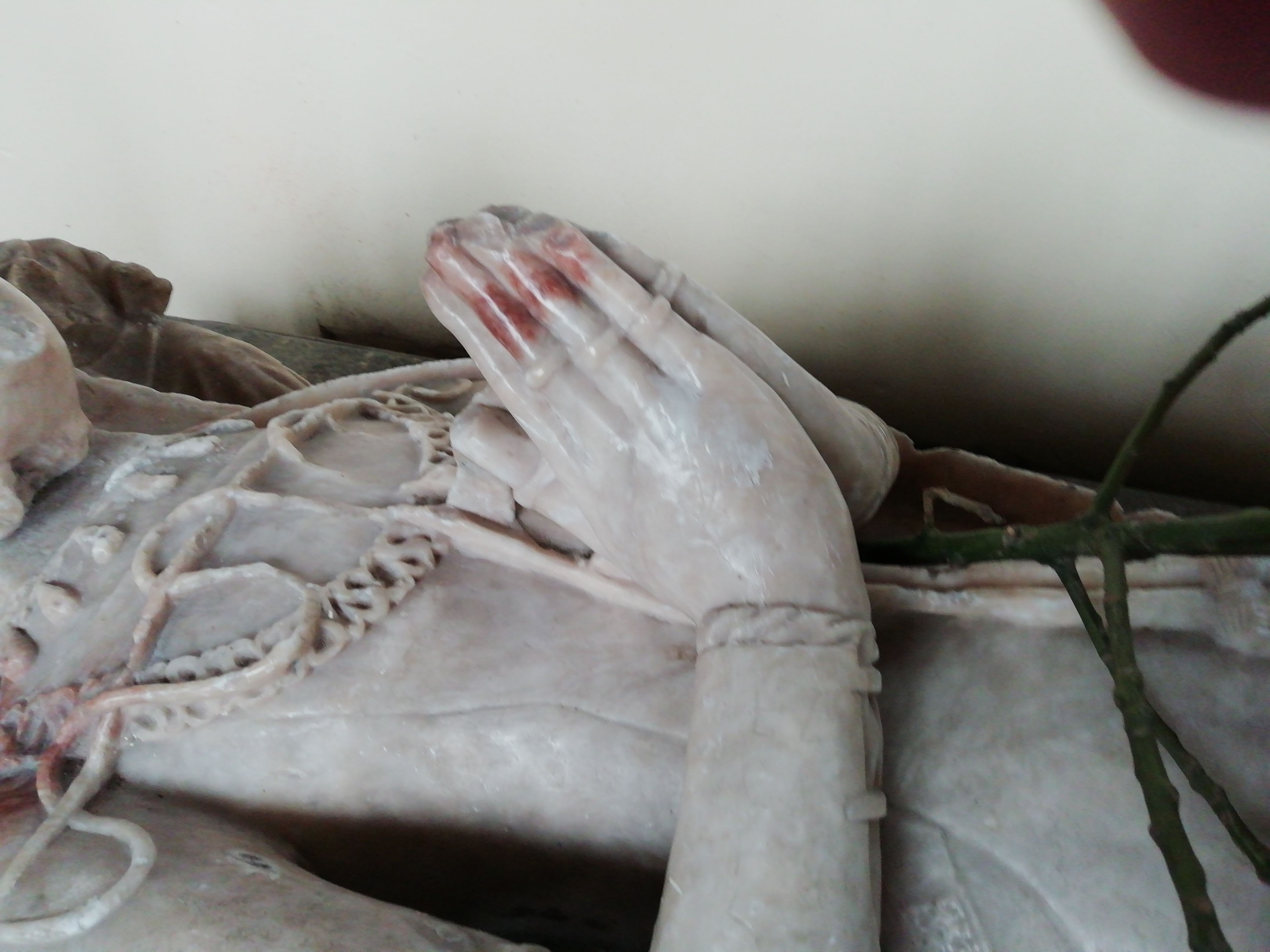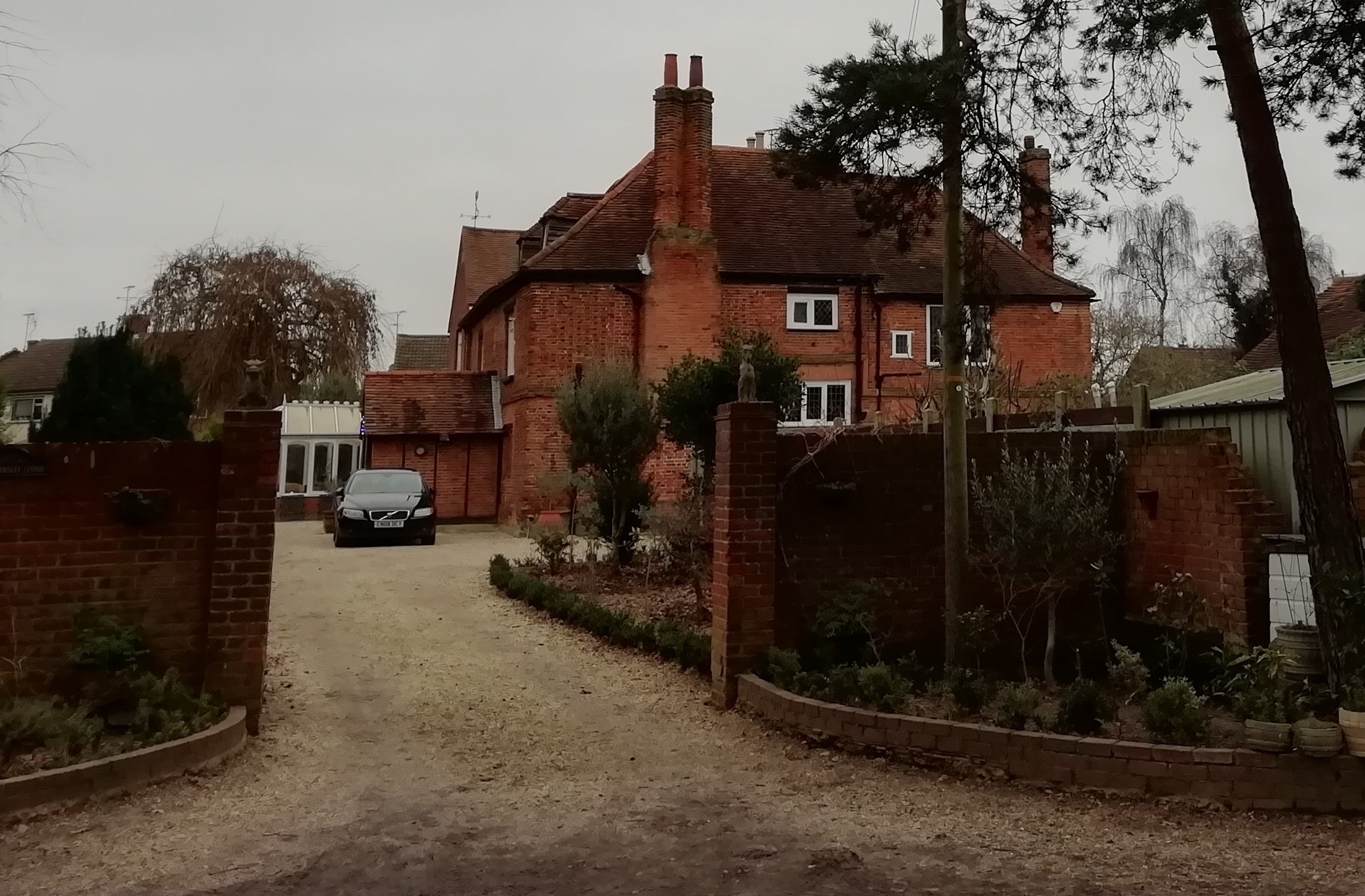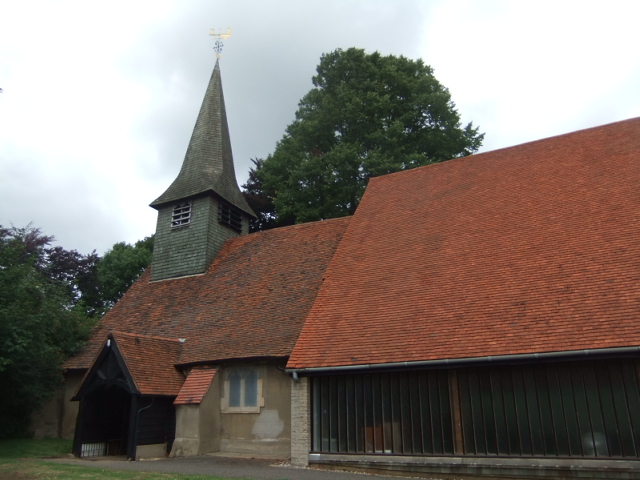An interview with Shonna Slayton, author of the River Kelpies Series and the Fairy-tale Inheritance Series
Today I’m delighted to be able to share an interview with Shonna Slayton, fairy tale author. Shonna, who, along with Ashlee Willis, founded the Fairy-tale Forum on Facebook, is the author of the Fairy-tale Inheritance Series. She’s now exploring a slightly different path with the River Kelpie Series.
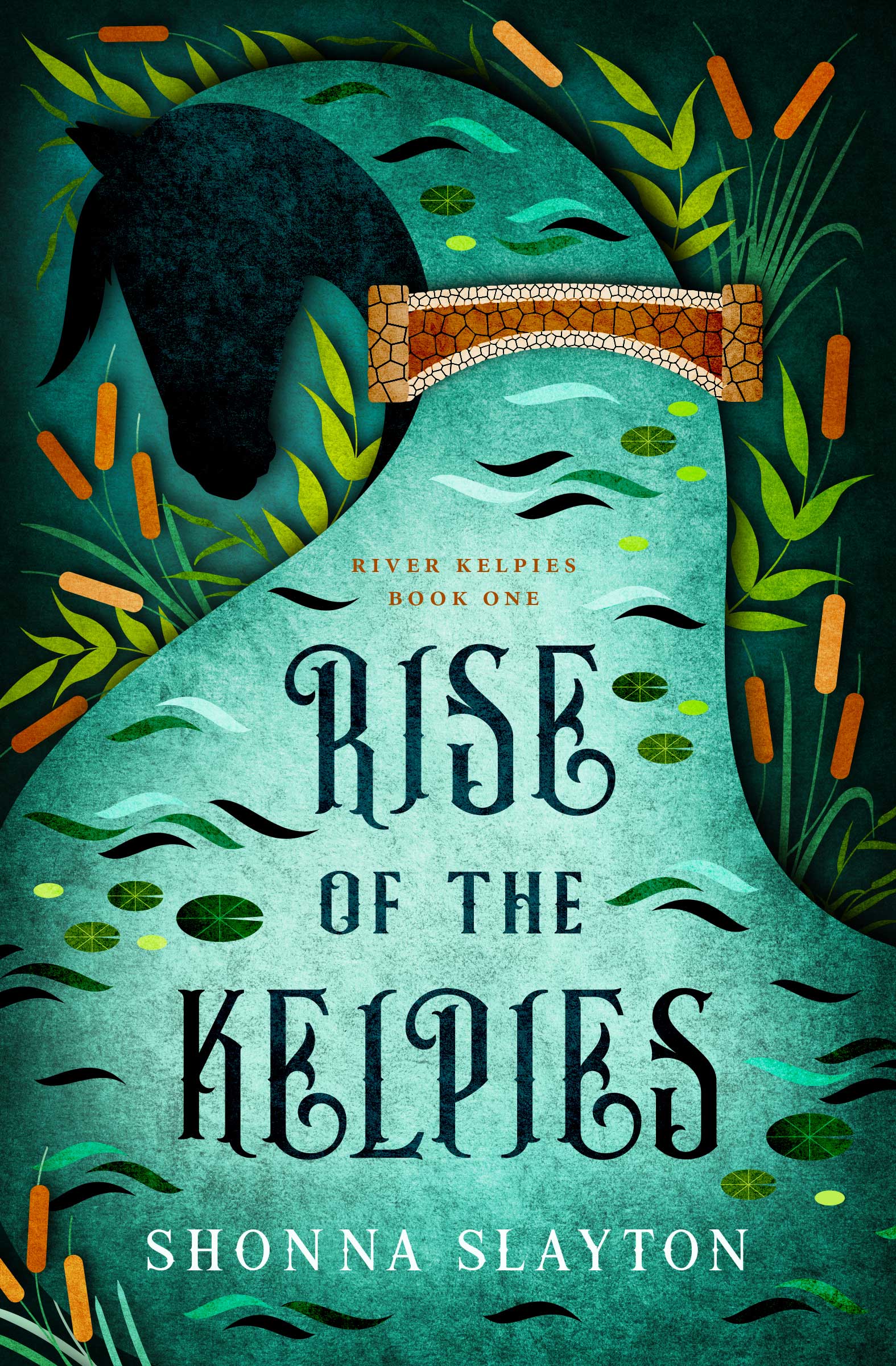
Here’s the blurb.
A girl meant to be a pawn starts playing her own game.
Farrah’s world is upended when a river kelpie invades her remote village and kills the hidden prince she was supposed to be protecting. As a member of the secret society created during the Kelpie Wars, Farrah knows she’ll be asked to pose as the prince’s twin sister and carry out the Society’s plans to safeguard the kingdom.
So, when the palace’s attention turns to finding the missing princess, Farrah travels to the capital with hundreds of other orphans also claiming the crown. She is more interested in finding justice for the prince than she is in becoming the princess. And when tragedy strikes along the way, Farrah will have no choice but to fight for those she loves.
Rise of the Kelpies is a cozy fantasy fairy tale in which a girl trying to save her kingdom has to learn to trust. Read Rise of the Kelpies and travel to Glenmoor Kingdom, a magical place with rebellious palace fairies and dangerous river kelpies.
Thank you for agreeing to this interview, Shonna. What first attracted you to fairy tales? Is this the same thing that draws you now, or does something different appeal to you these days?
Gail Carson Levine’s Princess Tales sparked my current interest in fairy tales. I read her Ella Enchanted novel and loved it, and then followed up with her shorter Princess Tales Series. They were unexpectedly fun to read, and I suppose it was then that the idea of writing a retelling began to take shape. Going into the genre, I had no idea the depth of study that was available in fairy tale circles. To try to get up to speed, in 2019 I read through all of Grimms’ fairy tales and studied them from a writer’s point of view. At first, I questioned what I was getting into, but quickly came to enjoy Grimm for Grimm and eventually compiled all my blogs into a nonfiction book: Lessons from Grimm, How to Write a Fairy Tale. Traditional fairy tales are wonderful springboards for an author’s imagination because they leave so many open questions to explore.
That’s so true. That’s one of their appeals for me, too. So what’s your favourite fairy tale of all, and why?
Usually my favorite tale is the one I’m currently researching. Each fairy tale becomes more interesting and nuanced the more I learn about it. But favorite fairy tale of all? I’d have to go with “Cinderella” if only for the fact that she is the one who launched my author career with the novel Cinderella’s Dress. I could say that “Cinderella” changed my life.
“Cinderella” it is, then! How would you describe the way you use fairy tales in your novels? How different is the Fairy-tale Inheritance Series from the River Kelpie Series?
The Fairy-tale Inheritance Series is a pairing of a historical time period and an inherited fairy tale object. I look for something—an object, a physical trait—that can be passed down through the generations. An object is easiest, like Cinderella’s dress, but in my Little Mermaid book, the “object” was her voice. I like to keep touchpoints to the original tales, but also allow the story to expand and go in new directions. Also, the stories are set in our world, not a fairy tale world. The River Kelpie Series departs from this pattern in that I’ve only taken the bare myth of the kelpies and set the story in a fantasy world that is loosely inspired by Scotland. Then I pull in fairy tale elements like royalty and fairies to add to the myth.
That’s quite a different route to take, isn’t it? What made you write a series featuring kelpies? As folklore from Scotland and Ireland, I think of them as creatures in very watery places. You live in Arizona, don’t you? That must be very different!
Ha, ha! Yes, I currently live in a desert and dream of water! But I grew up in lush British Columbia, Canada, practically on the banks of the Columbia river. As for the idea for a kelpie novel, new ideas tend to come while writing the current book. I started thinking about them when writing The Little Mermaid’s Voice. For that novel I was researching water creatures and settled on the finfolk for the mermaid book. But kelpies had also caught my eye! It’s a bit of a risk as a fairy tale author to get too far afield from popular tales, but I thought I’d give it a try. To be honest, the kelpie book has been a lot harder to sell than a known fairy tale like “Sleeping Beauty” or “Snow White”. Some of my regular readers were happy for something new, but most just want another Fairy-tale Inheritance book!
Ah, we have to go where inspiration calls! Are there any specific traditional kelpie stories that inspired you for this series? How about fairy tale inspiration?

There are only a handful of traditional kelpie stories, and some kelpie stories you read online today have mingled with other water horse stories, giving kelpies powers not originally associated with them. That’s a reminder to me that myths change over the years, and it’s okay to make my kelpies different in some ways. As for fairy tale inspiration, for this book I wanted to try writing a twist. Not a reveal, but a genuine twist that makes you look back at the novel in a whole new way. Those are really hard to do. I’d like to have a twist in all the novels in this series, and it’s causing me a lot of brain gymnastics. An example of a Grimm story that has a twist is “The Beam”.
That’s intriguing. Now, in the blurb you mention rebellious palace fairies. Tell us more!
I really like the dynamic of fairies interacting with humans and each other. My fairies are not the small dragonfly-sized variety but have some height and heft to them. In the case of the palace fairies in Rise of the Kelpies, they have returned to the castle at a time when they are no longer held in high regard. In times past they were respected, but now they are treated as servants and largely ignored by those in charge. As creatures who live long lives and know the history of the land, they quietly rebel, participating in human life on the surface, but they’re very much doing their own thing to help set the kingdom to rights.
Interesting! When do you plan to launch Book 2, Reign of the Kelpies?
That’s a simple question with a complicated answer! While working on Book 2, I realized I needed to know more about past events, so I’m writing a prequel novella first. Simultaneously, I’m plotting Book 2 and Book 3 so that any “plants” that I need to bloom in Book 3 are seeded in the earlier books. And, as I mentioned, I’m trying to add a twist of some degree to each.
Now I understand what you mean about brain gymnastics! Thank you very much, Shonna, it was great to learn more about both your book series. Would you like to share an extract from Rise of the Kelpies to whet our appetites?
Extract:
As Farrah ducked behind the carriage, she heard a trio of women talking.
“I bet the real princess won’t parade herself through like this one. She’ll come dressed as a servant.” A middle-aged woman in a harvester’s hat nodded in Marnie’s direction. “Like our quiet, plain girl over there. No one would suspect who she was, and she could travel in safety. At least, that’s what I would do if I were the princess.” She laughed. “If I were thirty years younger, that is.”
The chandler’s wife, a short woman, stood on tiptoes trying to get a better look. “I can’t barely tell ’em apart. How will the officials?”
A third joined in, the postmistress looking down her long, intelligent nose. “They’ll have paperwork. A birth record. Something that proves who she is. They wouldn’t have sent her off with nothing now, would they?”
“The princess weren’t given a proper send-off when she was a wee babe, being kidnapped by the kelpies and all,” said the chandler’s wife. “She won’t have papers.”
Farrah’s lips twisted at the long-held rumor. You could be sure that if the kelpies had truly carried off the twin prince and princess, there would be no call for the heirs to return to the capital now. Being kidnapped by kelpies was only one rumor. Others included abduction by Evermoor, stillbirths being covered up, and the most distasteful was that the queen herself had killed them in a mad fit.
Farrah stepped back and continued listening to the gossip. Sometimes useful information bubbled up from the speculation.
“True, and besides, they’ll all have birth records if birth records are what they’re asked for,” said the woman wearing the hat. “And they’d all be saying the same thing. So-and-so is the true princess. The kingdom will be overrun with princesses as much as with frogs.”
“So how will them folks at the palace decide?” The chandler’s wife’s voice rose to a higher pitch, her words clipped with annoyance.
“The true princess will know things the others don’t. It might come down to who is the better student of history.” The postmistress, looking down her nose, continued to press her expertise.
“So, they’ll interview each one?” The chandler’s wife made a scoffing sound. “That’ll take months. Besides, she were hidden away when she was a wee bairn. How is she to know anything the rest of ’em don’t know?”
The first woman shrugged. “How do you expect, then?”
“The palace fairies will get involved,” said the know-it-all. “They have deep memories and keen sight. They’ll spot the girl. They’ll know her by her eyes.”
Palace fairies? This was the first Farrah had heard about them. She leaned in so she could hear the women better.
The woman in the hat scanned the crowd as if looking for a fairy in their midst. “I thought the fairies were all gone. Haven’t been seen since the prince and princess were secreted away. If the princess is still alive, they’ll be the ones to bring her back. That’s how everyone will know.”
Osario had caught up to Farrah and cast another disapproving look at her attempt to disappear.
She gave him an I-told-you-so look as he took hold of her elbow and led her away from the gossiping ladies. She hadn’t even left and already their plans showed signs of unraveling. Palace fairies? Was Osario planning on rounding up some fairies who could vouch for her?
I hope you enjoyed reading about the inspiration behind Shonna’s book series. Find out more via Goodreads or her author website, https://shonnaslayton.com/

Lynden Wade lives in England near a haunted wood and two castles. She writes about history, folklore and legends. She has had a number of pieces published in journals and anthologies or on websites: more details on her website but here’s one you can read for free.
NO AI TRAINING: Without in any way limiting the author’s [and publisher’s] exclusive rights under copyright, any use of this publication to “train” generative artificial intelligence (AI) technologies to generate text is expressly prohibited. The author reserves all rights to license uses of this work for generative AI training and development of machine learning language models.




